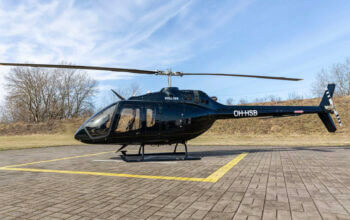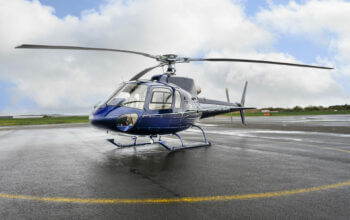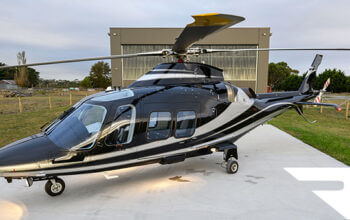Estimated reading time 6 minutes, 11 seconds.
Boeing’s brand-new 777-9 jetliner took to the air for the first time on Jan. 25 — the largest twin-engine airliner ever — ushering in efficiencies for its airline customers, and improvements in the passenger experience. The plane’s maiden flight was three hours and 51 minutes in duration, with pilots reporting the 777-9 “flew beautifully” during a detailed test plan that exercised its systems and structures.
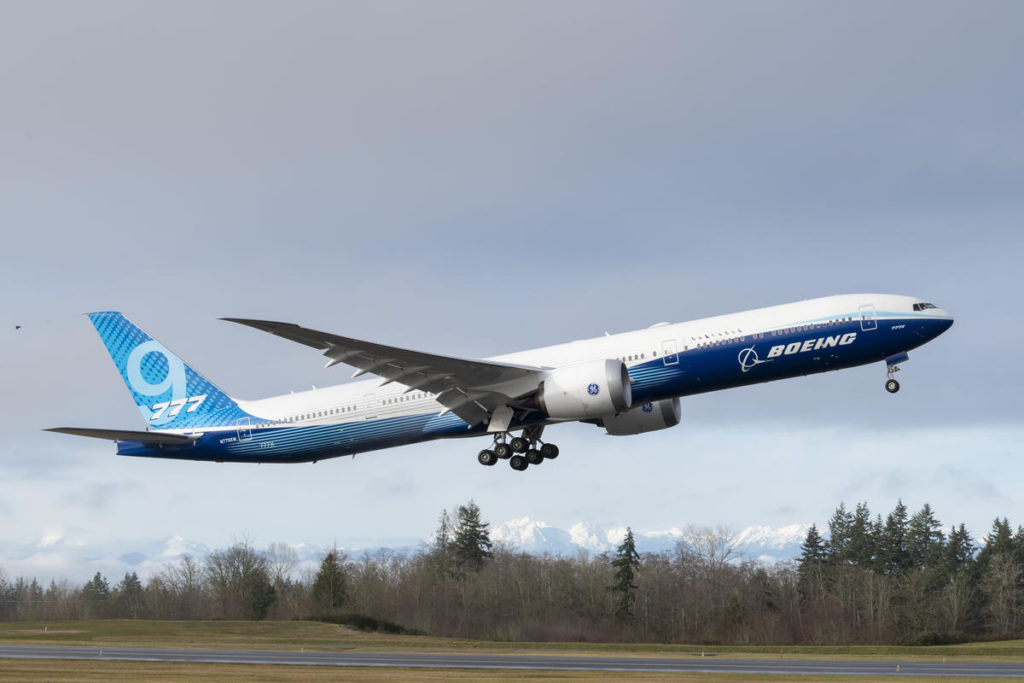
“Today’s safe first flight of the 777X is a tribute to the years of hard work and dedication from our teammates, our suppliers and our community partners in Washington state and across the globe,” said Stan Deal, president and CEO of Boeing Commercial Airplanes.
The first of four dedicated 777-9 flight test airplanes, WH001 will now undergo checks before resuming testing in the coming days.
The 777-9, the first of the new 777X series, will seat between 400 and 425 passengers, and fly up to 14,000 kilometres. The 77-metre-long twin-aisle jet is powered by two new massive General Electric GE9X turbofans.
Each generating 105,000 pounds of thrust, the 3.4-metre-diameter GE9X is the largest turbofan engine ever created and was specifically designed for the 777X. The huge aircraft’s first flight was delayed by six months when testing uncovered an issue with a component of the GE9X, requiring the redesign of a compressor stator.
With an all-new wing, new engines and updated systems and flight deck, the 777X is nearly an all-new aircraft, and just shares the 777 designation with its successful predecessor that first flew 25 years ago, in 1994.
Larger windows, lower cabin pressurization, enhanced lighting, and bigger overhead bins are some of the features that passengers will find in the new wide-body. Boeing re-shaped the fuselage frames of the plane to add about 10 cm of interior cabin width, which could translate to slightly wider seats in a 10-across economy configuration.
At a time when it’s becoming a challenge to tell one aircraft type from another at an airport, the 777X will be uniquely identifiable on the ramp.
To optimize the new design’s aerodynamic efficiency, the 777X is fitted with an advanced carbon fibre composite wing, with a huge wingspan of almost 72 metres — and the wing has a trick up its sleeve.

Just like aircraft carrier-based planes, the 777X’s wingtips fold upwards while the airliner is on the ground, reducing the total wingspan by about seven metres. The wing-fold mechanism shortens the 777X’s wingspan to match that of the current 777-300ER and -200LR, so that the new plane can use existing terminal gates and airport taxiways.
The wing-fold process is automated on landing, with the tips folding below 50 knots during the roll-out to reduce workload, before the pilots turn onto a taxiway made for the smaller 777s.
Before takeoff, pilots will manually unfold the wingtips, a 20-second long operation that’s supported by an item on the plane’s electronic checklist.
Eight airlines including Lufthansa, British Airways, Singapore Airlines and Cathay Pacific have ordered over 300 aircraft, with the first 777-9 targeted to enter service with Emirates in 2021.
British Airways has said that the 777-9 will replace that airline’s fleet of large wide-bodies, primarily its aging 747-400s, the “Queen of the Skies.”
The 777-9 that now begins flight testing was to be joined by the 777-8, its smaller, but longer-ranged sibling. Seating between 350 and 375 passengers, the 777-8 would be able to fly the world’s longest routes, with a range of over 16,000 km. However, Boeing has frozen the development of the 777-8 until at least early 2021, citing uncertain demand for the jet.
Since 1995, over 1,500 Boeing 777s have been delivered to airlines around the world, including more than two dozen to Air Canada. The airline took delivery of its first 777-300ER in March 2007, and its first long-range 777-200LR in June 2007.
With a total fleet of 25 aircraft — 19 777-300ERs and six 777-200LRs — the wide-body jets service high-density and long-range international and domestic routes.
Might aviation enthusiasts see a folded-wing 777X in Air Canada colours, taxiing up to a gate at a Canadian airport?
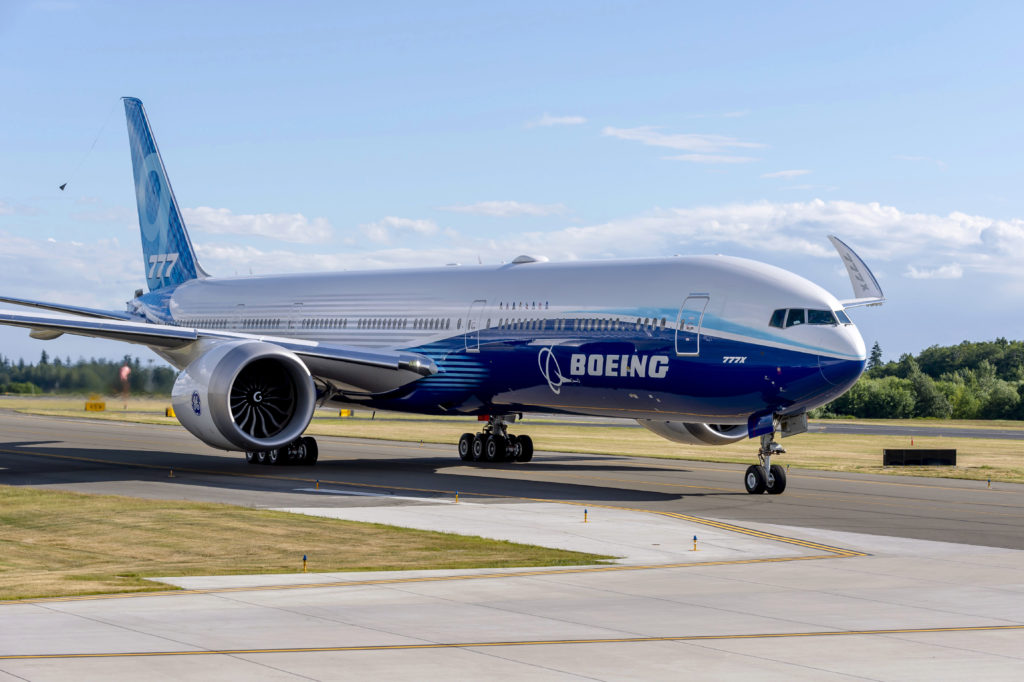
Not likely, according to Mark Galardo, vice-president, Network Planning at Air Canada, who said that the current fleet still has lots of flying to do.
“We continuously look at all new aircraft and see no need for further adjustments for the foreseeable future. We’re satisfied with our current 777 fleet that hasn’t even hit mid-life yet, and therefore see no changes to this particular fleet.”
Other airlines now flying 777s may echo Galardo’s comments, and Boeing might find that to be the biggest challenge facing this enormous new airliner as the airframer tries to best the plane’s incredibly popular predecessor.





